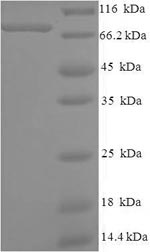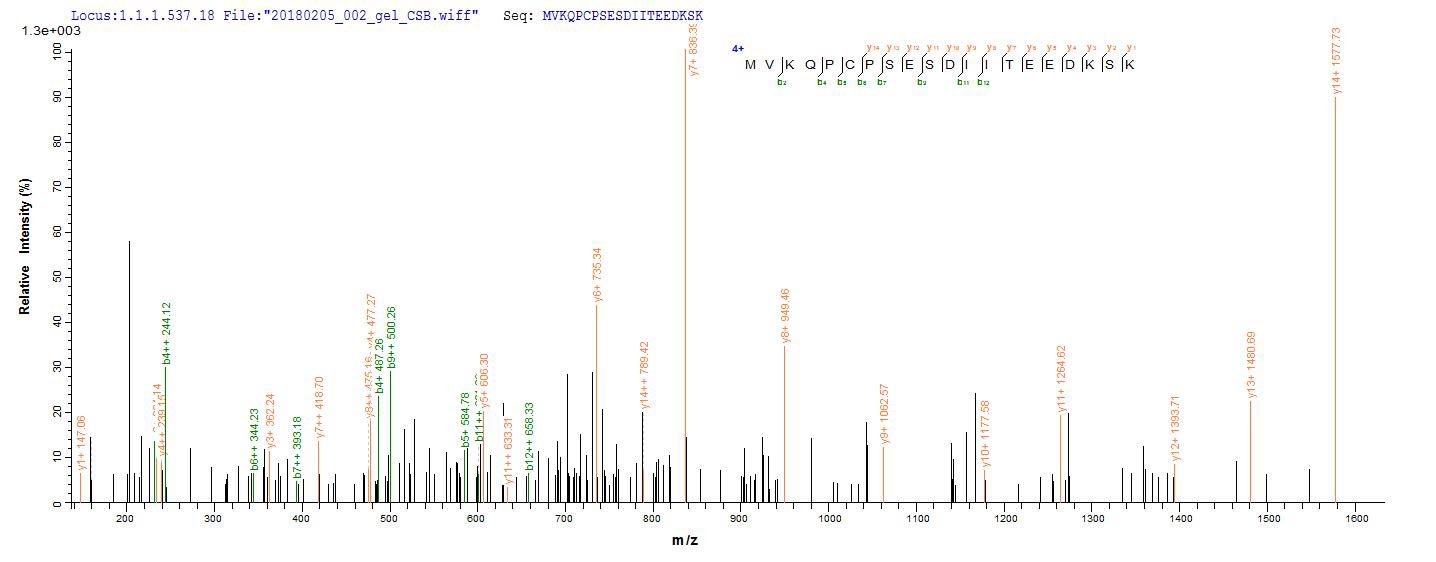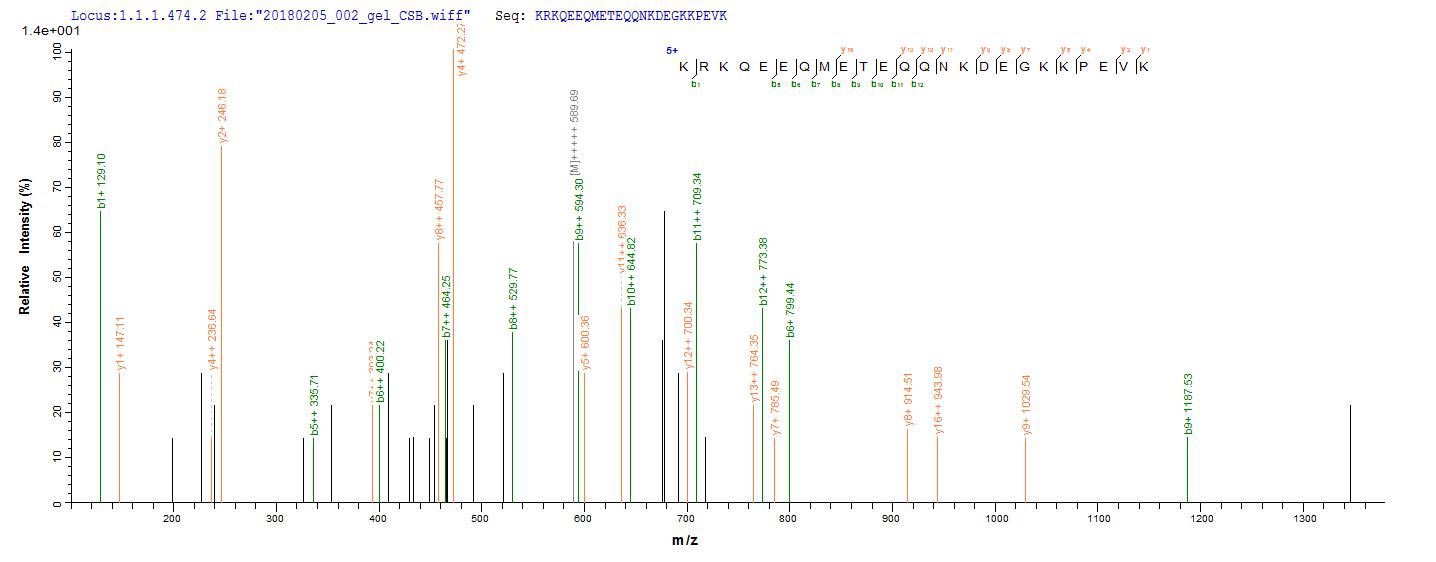The Recombinant Human PSIP1 is a powerful research tool tailored for scientists investigating the PC4 and SFRS1-interacting protein. Also known as CLL-associated antigen KW-7, Dense fine speckles 70 kDa protein (DFS 70), Lens epithelium-derived growth factor, and Transcriptional coactivator p75/p52, this protein plays a significant role in various cellular processes, making it an essential component in the field of Immunology.
Our Recombinant Human PSIP1 is a full-length protein (1-530aa) expressed in E. coli, ensuring a consistent and reliable source for your research endeavors. The protein is N-terminal 6xHis-SUMO-tagged, facilitating purification and detection processes. With a purity greater than 90% as determined by SDS-PAGE, and available in both liquid and lyophilized powder forms, this high-quality recombinant protein offers the precision and performance necessary for your Immunology studies.








